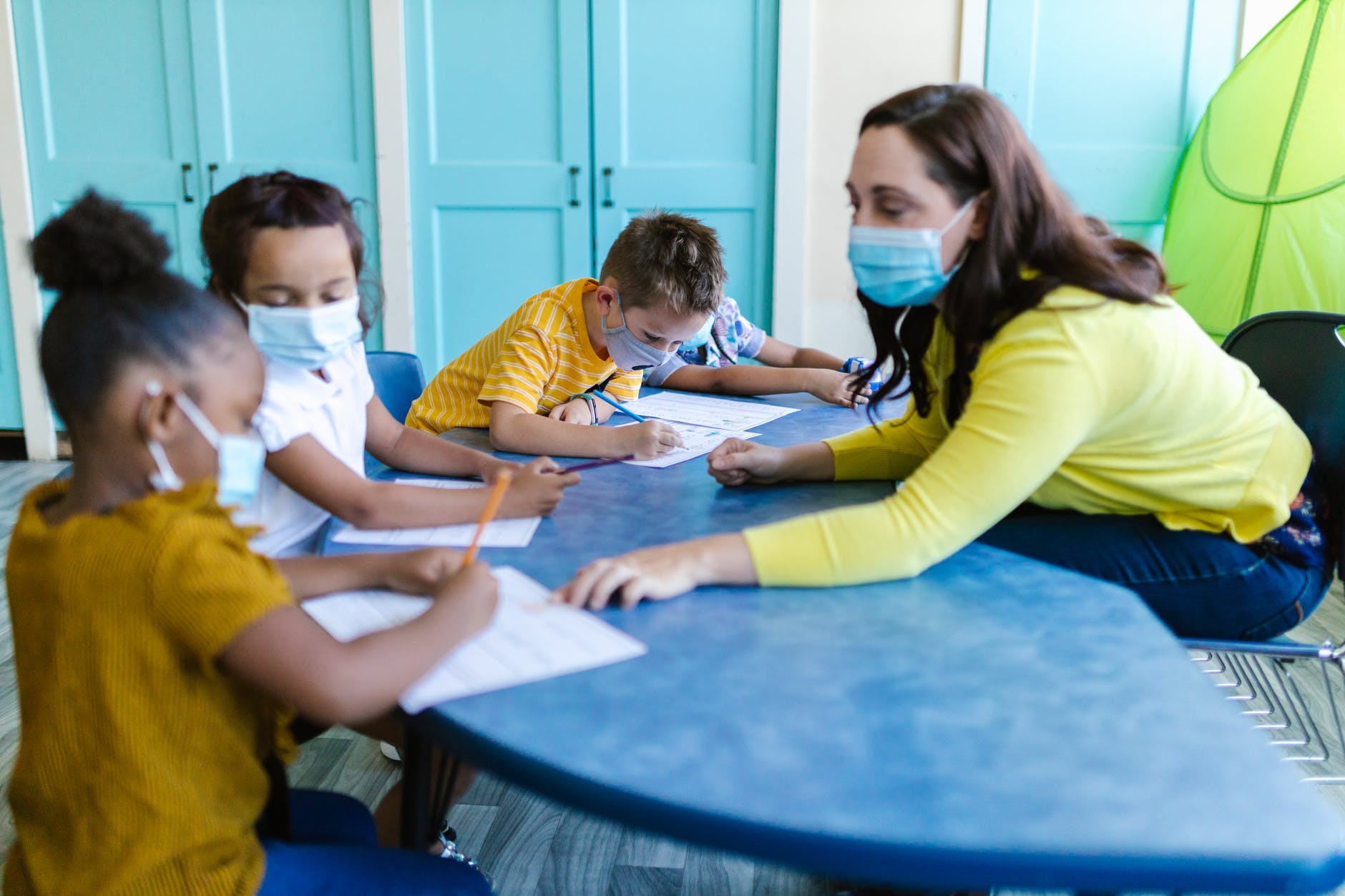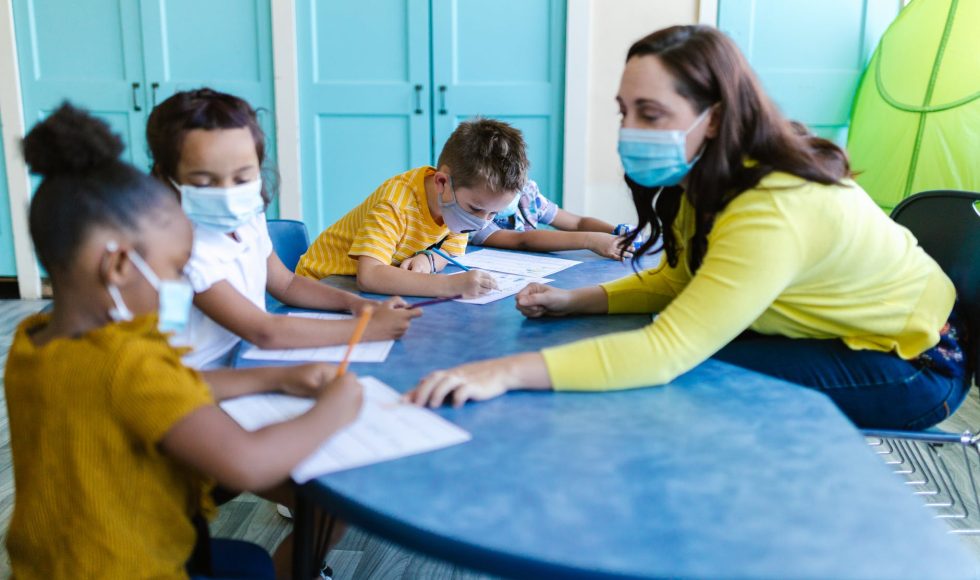“Advancing and Sustaining OER Use in K-12 Education” was the title of the OpenEd 2021 session we watched tonight. Karla Spear, a school counselor at Climax Springs R-IV spoke from her experience as a teacher, counselor, and school counselor now. Spear has been interested in OER and wrote a dissertation on this topic. Spear did a phenomenological study on what factors help people incorporate OER. Spear talked about “knowledge is meant to be shared” as a driving video for the research study they embarked on. While progress in the adoption of OER in K-12 has been made, Spear and others noticed that there is a lag in the widespread adoption. The central research question for the study was: What influenced the decision to formally adopt open educational resources in Missouri’s #GoOpen districts? The research approach was phenomenological and the participants were 10 district leaders. There was a wide range of enrollments, free and reduced lunch, and demographics in these districts. Spear mentioned that after completing the first five interviews, it was evident that there were very different levels of engagement with OER in the ten districts surveyed. Two districts never started OER initiatives, two halted, and five had active OER initiatives. In the pre-adoption stage, users were looking to reduce costs and provide equity. In the adoption stage, lack of time to search for, evaluate, and implement resources was a challenge. Spear shared findings from the interviews and several noted saving money, communication, and professional development as reasons for adoption. Obstacles included lack of time, complexity, and willingness to sustain were challenges. “Free like a puppy” was a phrase that came up and made me think about the responsibilities and effort required to sustain productive OER initiatives. Forward-thinking leadership and advocates were cited as strategies to help adopt and sustain OER use in K-12 education districts. Spear used Rogers’ Perceived Attributes of Innovation and found relative advantage as reallocation of funds and opportunity; however, the negative influence was that OER can be overwhelming. Attributes that align with compatibility, complexity, trialability, and observability for both positive and negative influence were identified by Spear in the interviews. Spear identified the following themes based on the interviews and framework:
- A need for time and professional development
- A focus on reallocatin of money rather than saving money to allow investment in professional development of teachers
- Lead with systems and policies not an OER advocate because people move…
Spear suggested prioritizing professional development and statewide collaborative networks. Spear concluded that there is a misunderstanding of how these resources can be used can be addressed through raising awareness and increasing professional development opportunities. Spear conducted a really fascinating study that identified what I thought were some unexpected reasons and strategies to promote OER adoption. While awareness is important, I thought it was useful to know that systems instead of individual OER advocates may be a more sustainable approach for OER use in the long run. I also enjoy learning about in-depth studies that are qualitative in nature, based on theoretical frameworks, and work with people to better understand and contextualize the challenges.



